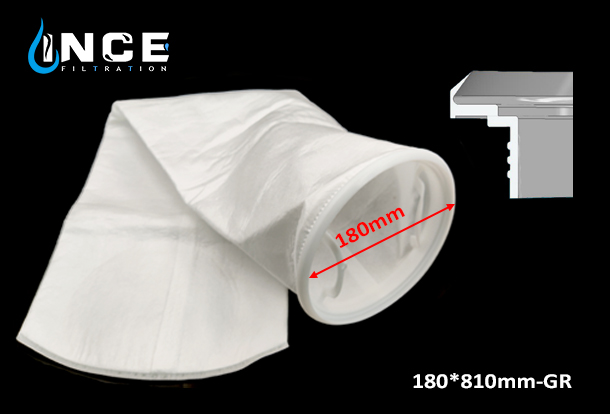liquid filter bags

Liquid filter bags are used in various industries to remove solid particles from liquids. They are typically made of a porous material that allows the liquid to pass through while retaining the solid particles. The classification and selection of liquid filter bags depend on several factors, including the type of liquid being filtered, the particle size and concentration, and the desired filtration efficiency.
Classification of liquid filter bags:
Material: Liquid filter bags can be classified based on the material they are made of. Common materials include polyester, polypropylene, nylon, and PTFE (polytetrafluoroethylene). Each material has different chemical resistance and temperature tolerance, making them suitable for specific applications.
Micron rating: The micron rating refers to the size of particles that the filter bag can effectively capture. It is a measure of the filter’s filtration efficiency. Micron ratings can range from 1 to 1500 microns, with lower ratings indicating finer filtration.
Construction: Liquid filter bags can be classified based on their construction, which determines their durability and performance. Common construction types include sewn, welded, and fully-welded. Sewn bags have stitched seams, while welded bags have heat-sealed seams for enhanced strength and integrity. Fully-welded bags have no stitched or heat-sealed seams, providing the highest level of filtration efficiency.
Selection of liquid filter bags:
Compatibility: The filter bag material should be compatible with the liquid being filtered. It should resist chemical attack and degradation caused by the liquid’s composition. Consider factors such as pH, temperature, and concentration of the liquid.
Particle size and concentration: Determine the particle size and concentration of the solid particles in the liquid. This information helps in selecting the appropriate micron rating of the filter bag. Finer filtration is required for smaller particles and higher concentrations.
Flow rate: Consider the desired flow rate of the liquid through the filter bag. Higher flow rates may require larger filter bags or multiple bags to handle the volume effectively.
Operating conditions: Consider the temperature and pressure conditions under which the filter bag will be used. Ensure that the selected bag can withstand these conditions without compromising its performance or integrity.
Filtration efficiency: Determine the required level of filtration efficiency based on the application. Higher filtration efficiency may be necessary for critical applications where even small particles must be removed.
Cost: Consider the cost-effectiveness of the filter bag. Evaluate the initial cost, maintenance requirements, and expected lifespan of the bag to determine its overall cost-effectiveness.
By considering these factors, the appropriate liquid filter bag can be selected to meet the specific filtration requirements of a particular application.
whatsapp:8618032835827
E-Mail: sales4@incefiltration.com
